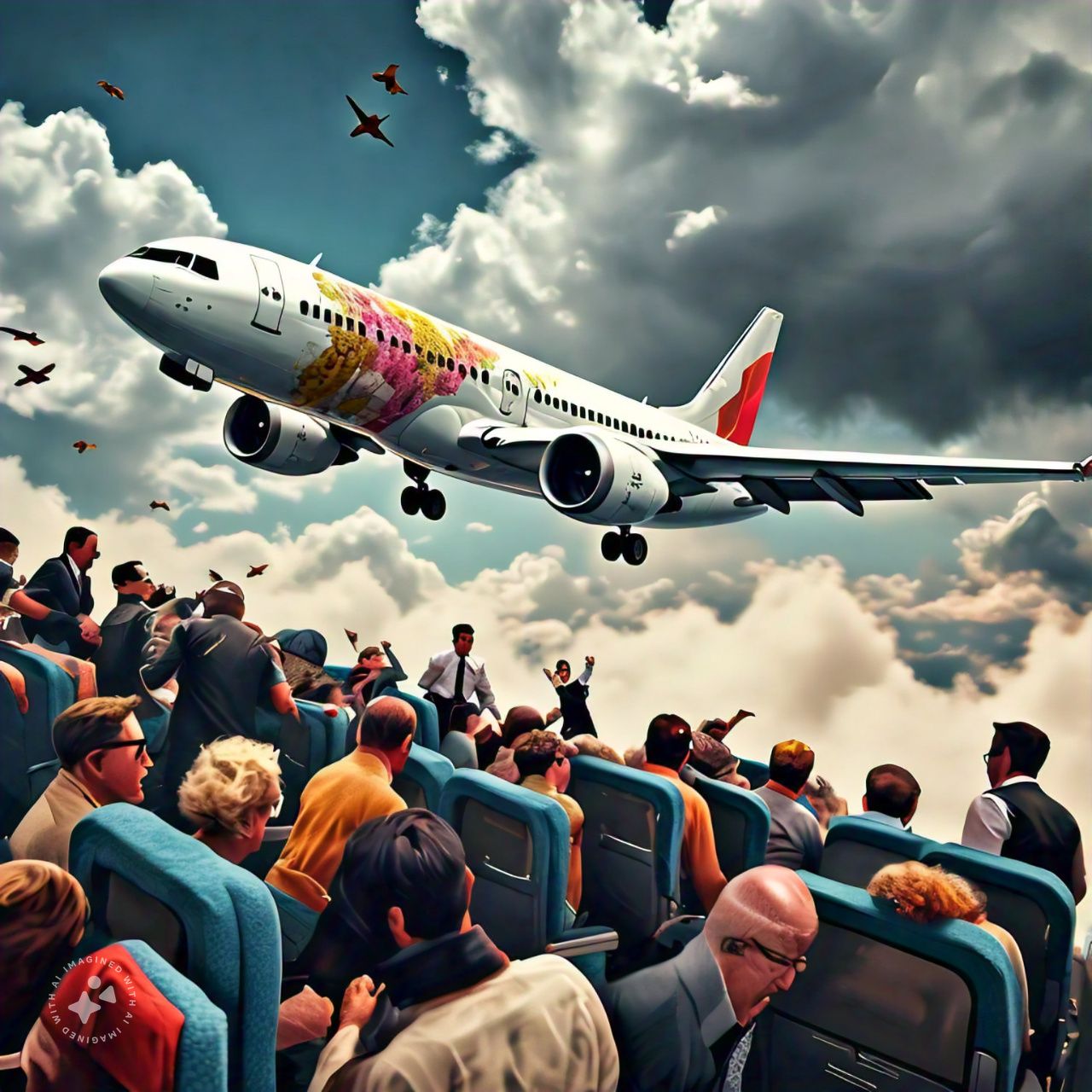Introduction
Flying in an aeroplane is an exciting experience. You get to travel above the clouds and see the world from a whole new perspective. However, sometimes the ride can get a bit bumpy. This bumpiness is called turbulence, and it can feel like the aeroplane is shaking or dropping suddenly. But what exactly causes turbulence? Let’s dive into the sky and find out!

What is Turbulence?
Turbulence is a sudden, unpredictable change in the flow of air. It’s like when you’re riding a bike on a smooth road, and suddenly, you hit a patch of bumpy ground. Just like how the bike shakes and jolts, the aeroplane feels the same way when it encounters turbulence.

Turbulence can be mild, making the ride a little shaky, or it can be severe, causing the aeroplane to move up and down or side to side quite a bit. But don’t worry, aeroplanes are designed to handle turbulence, and pilots are trained to manage it.
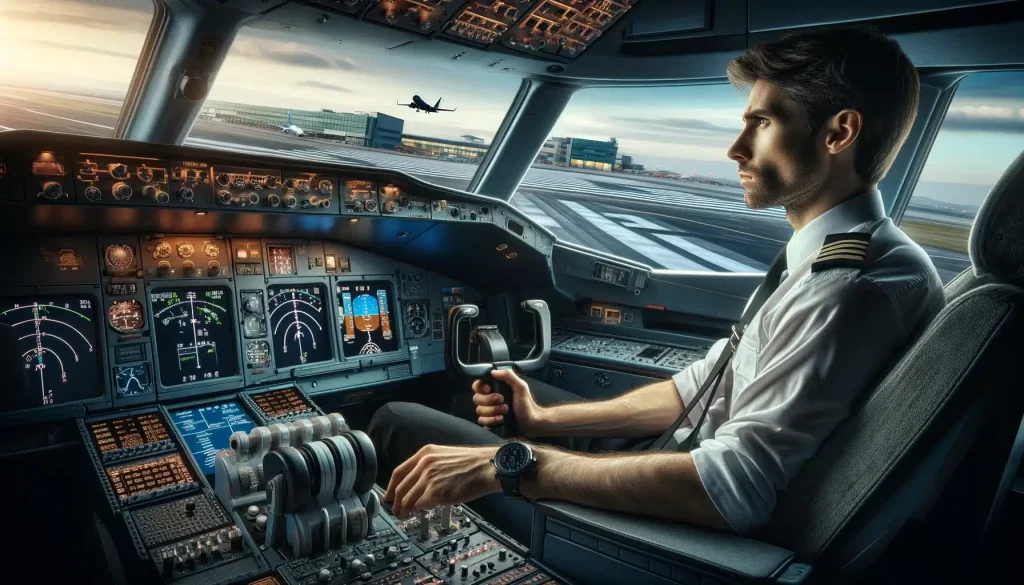
Causes of Turbulence
There are several reasons why turbulence happens. Let’s explore some of the main causes:
- Weather Conditions:-The weather plays a big role in causing turbulence. Thunderstorms, strong winds, and jet streams (fast-moving air currents high up in the sky) can all cause turbulence. When an aeroplane flies through these conditions, it can feel like it’s bouncing around.

- Thunderstorms:- Thunderstorms are like giant, powerful air mixers. They create strong updrafts (air moving up) and downdrafts (air moving down). When an aeroplane flies through or near a thunderstorm, it can experience these strong currents, leading to turbulence.

- Jet Streams:- Jet streams are narrow bands of strong winds that flow from west to east. They are found high up in the atmosphere and can reach speeds of over 200 miles per hour! When an aeroplane flies into a jet stream, the sudden change in wind speed and direction can cause turbulence.

- Air Pressure and Temperature:-Changes in air pressure and temperature can also cause turbulence. Warm air rises and cold air sinks, creating vertical air currents. When these currents interact, they can cause the air to move unpredictably, leading to turbulence.

- Clear Air Turbulence (CAT): This type of turbulence occurs in clear skies, often near jet streams or mountain ranges. It happens without any visual warning, making it difficult for pilots to detect. CAT is caused by the mixing of air masses with different temperatures and speeds.

- Mountain Waves:-When winds blow over mountain ranges, they create waves in the air, similar to how water waves form when wind blows over the ocean. These mountain waves can extend high into the atmosphere, and when an aeroplane flies through them, it can experience turbulence.

- Orographic Turbulence:- This type of turbulence is specifically caused by mountains. The wind flows up the side of the mountain and then down the other side, creating waves that can be turbulent.
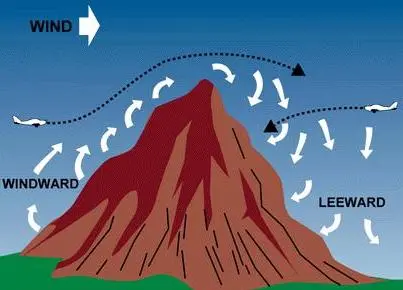
- Wake Turbulence:-When an aeroplane flies, it creates a wake of swirling air behind it. This wake turbulence can affect other aeroplanes flying nearby. Large aircraft, like jumbo jets, create stronger wake turbulence than smaller planes. Pilots must maintain a safe distance from other planes to avoid encountering wake turbulence.

- Wingtip Vortices:- These are spiral patterns of air left behind by the wingtips of an aeroplane. They can be particularly strong and cause turbulence for planes flying through them.

How Pilots Handle Turbulence
Pilots are well-trained to handle turbulence and ensure passenger safety. Here are some ways they manage turbulence:
- Weather Radar:-Modern aeroplanes are equipped with weather radar systems that help pilots detect storms and other weather conditions that might cause turbulence. By using these systems, pilots can navigate around severe weather and avoid turbulence as much as possible.

- Flight Planning:-Before a flight, pilots and meteorologists plan the route carefully, considering the latest weather reports. They choose routes that are likely to have the least turbulence.

- Altitude Changes:-If a pilot encounters turbulence during a flight, they can change the plane’s altitude to find smoother air. Often, flying higher or lower by just a few thousand feet can make a big difference.
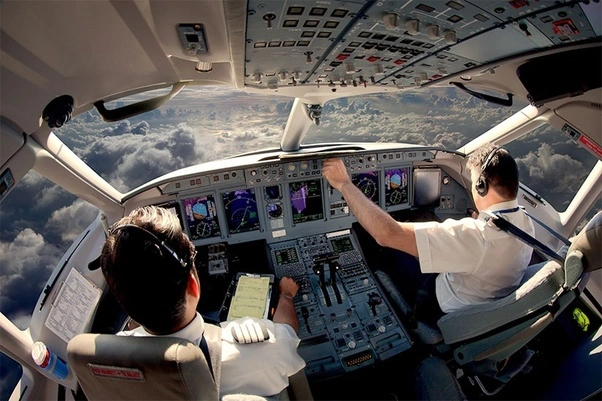
- Communication:-Pilots communicate with air traffic control and other pilots to share information about turbulent areas. This helps everyone stay informed and avoid rough patches of air.

- Passenger Instructions:-When turbulence is expected, pilots will turn on the seatbelt sign and make announcements to inform passengers. It’s important to follow the instructions and stay seated with your seatbelt fastened to stay safe.
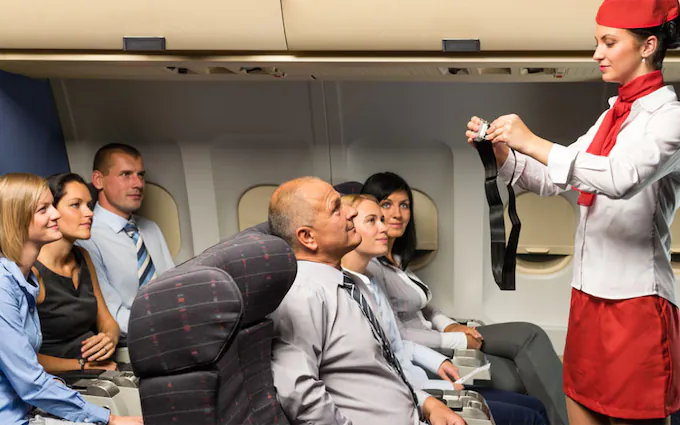
Why Turbulence is Usually Safe
Even though turbulence can feel scary, it’s usually not dangerous. Aeroplanes are built to withstand the forces of turbulence, and pilots are trained to handle it effectively. Here are some reasons why turbulence is generally safe:
- Strong Aeroplanes: Aeroplanes are designed and tested to handle extreme conditions, including turbulence. They are built to be very strong and flexible.
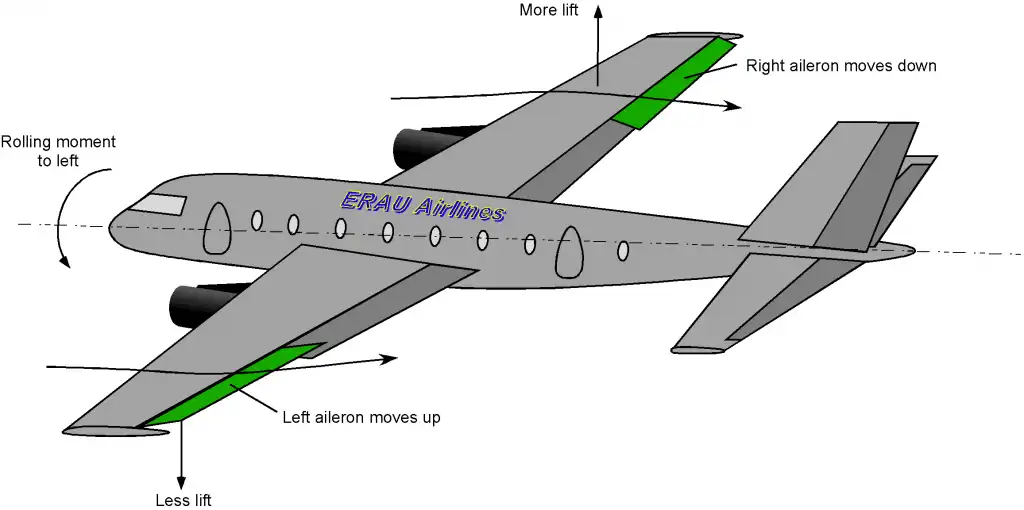
- Experienced Pilots: Pilots undergo extensive training to deal with all types of situations, including turbulence. They know how to respond to keep the flight as smooth and safe as possible.

- Safety Measures: Airlines have many safety measures in place, such as regular maintenance checks and advanced technology, to ensure the safety of every flight.

Conclusion
Turbulence is a natural part of flying, caused by various factors like weather conditions, air pressure changes, mountain waves, and wake turbulence. While it can be uncomfortable, it’s usually not dangerous. Pilots are highly skilled at managing turbulence, and aeroplanes are built to withstand it. So, next time you’re on a flight and feel a bit of bumpiness, remember that it’s just a part of the journey, and you’re in safe hands!
For more interesting articles, please visit www.kidzherald.com

